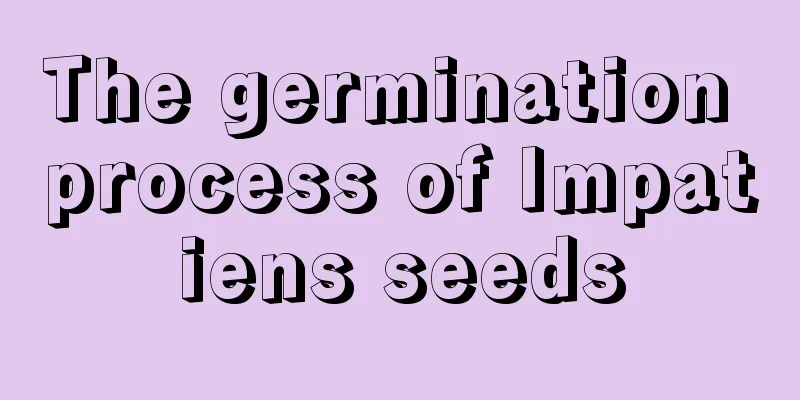What fertilizer is good for green radish

Overview of fertilizing green radishGreen ivy is a plant of the genus Epipremnum. It likes a humid and hot environment and is a negative plant. It likes slightly acidic, loose, fertile, and humus-rich soil. The wintering temperature should be higher than 15℃ and it has strong vitality. During the growing period, the green radish needs to be applied with nitrogen fertilizer to provide the nutrients needed for the growth of its branches and leaves. It also needs potassium. Applying some water-soluble fertilizer during the growing period can make it grow better. What fertilizer is good for green radishIf you want the green radish to grow well, you can choose compound fertilizer as the base fertilizer, such as nitrogen, phosphorus and potassium compound fertilizer, and you can choose special fertilizer for foliage plants and flowers as the foliar fertilizer, and apply it once every 10-15 days. How to fertilize green radishDuring the growing season of green radish, you can mix phosphorus fertilizer with clean water and use it as foliar fertilizer to ensure that the leaves remain green and shiny, but the growth stagnates in winter, so you can stop applying it. 1. Spring fertilization : Spring is the peak growth season for green radish. Apply urea solution every 10 days and apply foliar fertilizer to ensure its healthy growth and keep its leaves green and shiny. 2. Fertilization in summer : In summer, the green radish should be given sufficient light and nutrients should be supplemented in time. You can use rice water or fish water. In addition, windows should be opened frequently for ventilation to avoid pests and diseases in a stuffy environment. 3. Fertilization in autumn : In autumn, the green ivy will have a period of growth. Apply dilute urea water once every half a month or so. Do not make it too concentrated to avoid burning the roots. The temperature drops in late autumn, so stop fertilizing after one fertilization. 4. Light requirements : Chlorophytum comosum grows best in an environment with strong diffuse light. If it is too dark for a long time, the internodes will become slender and weak, and the leaves will become thinner and paler and lose their luster. Therefore, it needs to be placed under diffuse light after fertilizing. |
<<: What fertilizer is good for money tree
>>: Can you grow succulents in peat soil?
Recommend
Ginger's growing environment and local conditions
Ginger Growth Environment and Conditions Ginger o...
There are several colors of bougainvillea
1. Several colors Bougainvillea is relatively com...
How to care and manage red plum after germination (potted red plum pruning methods and techniques)
How to maintain potted red plum and make it grow ...
Can boiled corn water be used to water flowers? How to water flowers with corn water
Can boiled corn water be used to water flowers? B...
How to raise leafhopper arrowroot
1. Suitable soil Soil is the basis for the growth...
What kind of fertilizer is good for the base fertilizer of lotus? How to apply base fertilizer
Selection of base fertilizer for lotus During cul...
What fertilizer does cactus like?
1. Cake Fertilizer Cake fertilizer is the residue...
How to raise azalea
1. Selection of potting soil It is recommended th...
How many years does ginkgo fruit bear fruit
Introduction to Ginkgo Planting Ginkgo prefers an...
How to care for the newly bought Rieger Begonia
1. Soil Begonia prefers slightly acidic soil. It ...
How to grow bottle orchid
Sowing and seed selection Seeds should be selecte...
Is it good to keep mint at home?
1. Feng Shui Benefits 1. Boost your wealth Growin...
Pruning time and method of ground-planted wintersweet
The ornamental value of wintersweet is high after...
How to propagate bamboo and what to pay attention to
How to propagate bamboo The ways of propagating b...
What is the matter with dried white orchid leaves?
1. Root rot 1. Reason: The roots of white orchid ...









